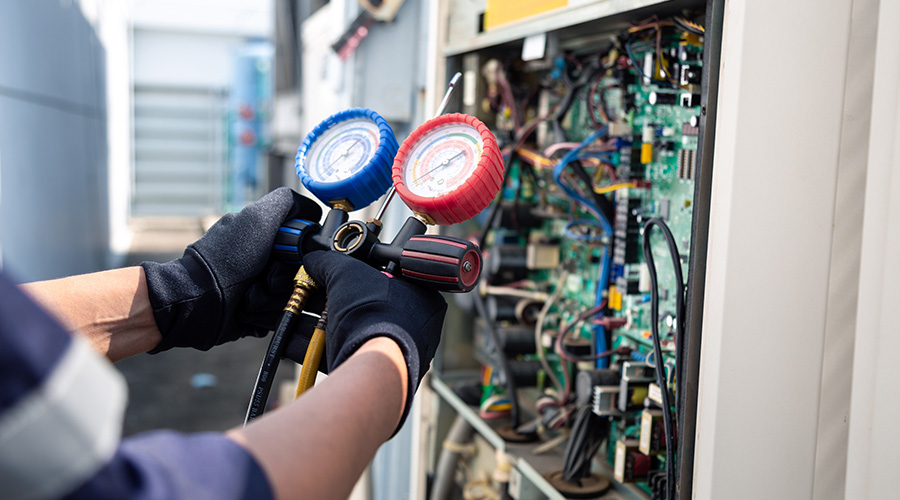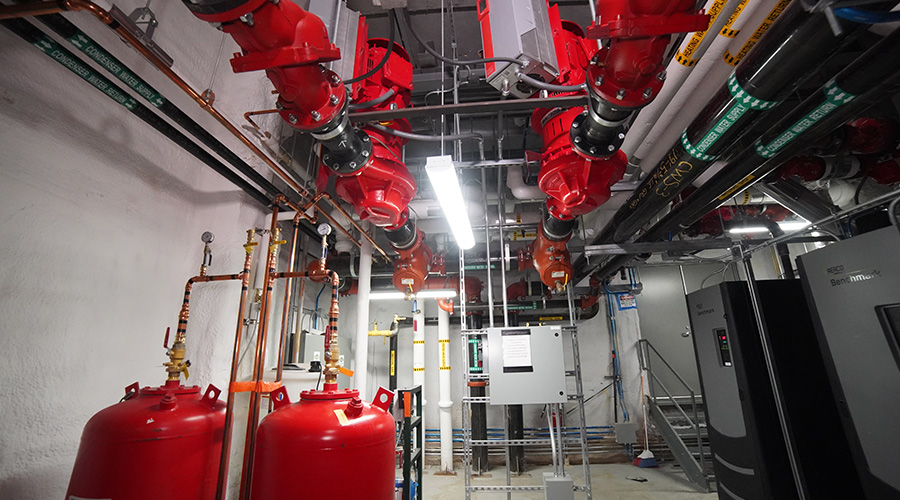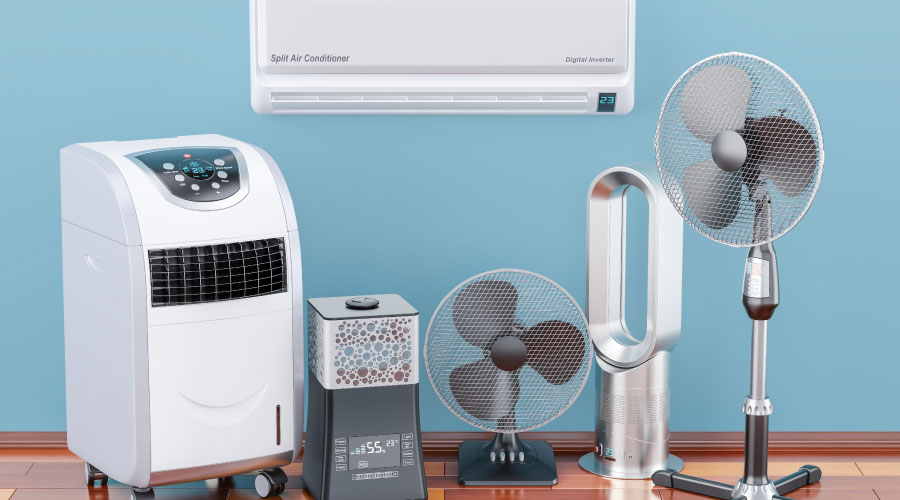HVAC Industry Leaders Take Stock of Critical Issues
Staffing challenges dominate discussion of an industry already navigating a refrigerant transition
Assessing the true state of the HVAC industry at any time is difficult, given the host of complex factors that can affect a profession so deeply embedded in the operation and comfort of the nation’s institutional and commercial facilities. In 2025, however, the task is even more difficult.
Challenges include a refrigerant transition and a lack of workers willing to enter the HVAC trade at a time the industry needs them most.
Panelists who took part in the 2025 State of the Industry session at the AHR Expo and Conference in Orlando in February provided perspectives and insights on a professional landscape that seems to get more chaotic by the day.
Spotlight on staffing
Finding technicians willing to enter and stay in the HVAC profession has proved as difficult as it is in many other industries. In-house maintenance and engineering managers continue to exhaust all options in locating workers who might join their staffs and remain in the profession. Panelists encouraged taking a multi-faceted approach, starting with ensuring a positive image for the profession in local communities.
“The only way you're going to make a move is if you're doing it by advertising your business and talking about it because it has to be solved at the local level,” says Steven Yurek, AHRI president. “We can help with different resources, but we’re not going to move the needle. Only you guys are going to move the needle and get people into your business. Be the employer of choice in your community.”
Such efforts can succeed in helping the public better understand the critical role of the HVAC industry.
“We've spent a lot of time over the last three years talking about this (issue), and one (tactic) is learning to talk about and sell our industry to the public and even the policymakers on our impact,” says M. Dennis Knight, president of ASHRAE. “As the public becomes more aware of the effect on their productivity and health of the air in a building, the temperature, the humidity, we're going to see more demand for better installations and better operation.”
Knight further encouraged attendees to invest in training and supporting technicians in an effort to help the public understand how technicians improve indoor environments and, in turn, occupant health.
“Cast that wider net,” he says. “Broaden the scope of who might be a good employment candidate and then be willing to invest in their personal growth and development with tuition reimbursement and in-house training. We need to have training materials that our firms can use to onboard people and keep them. With our mid-career people, update them on new technologies and what we’re putting in now versus what we put in years ago.”
Robust training and support also can help technicians better understand their responsibilities and, ideally, remain interested in staying in the profession.
“We’ve got to integrate some of the training that we do as ASHRAE for engineers on how to design a system right,” Knight says. “Then we need to supplement training so we train technicians so they understand why they’re doing what they're doing and take more pride in the work: ‘I’m not just going out there to change out the capacitor or pull the board out and put another one in. I’m going out there, and I’m probably one of the most important people for the health and wellbeing of people in that building.’”
Younger, entry-level workers need to be a key element in these recruitment efforts.
“One of the greatest challenges for our industry is attracting younger people into our industry,” says Dominick Guarino, president and CEO of the National Comfort Institute. “We have a new generation of people, and they have a lot of choices, so we need to present ourselves in a way that is interesting to them. They want to contribute. They want to do something that matters. Our messaging to them is that this really matters.”
Guarino says the HVAC industry also needs to recognize the impact that younger-generation workers can bring to the industry.
“For the younger generation, they were born with this technology in their hands,” he says. “Technology allows them to focus on the solutions as opposed to doing the math, which I think is a big deal. They can focus on what's really going on.”
For this reason, he advises employers to emphasize on-the-job interaction that HVAC technicians can have with advanced technology — including AI, augmented and virtual training options, and new-generation handheld field devices — as well as shorter, more intensive training periods for new technicians familiarizing themselves with the technology and equipment they will work with.
Dan Hounsell is senior editor for the facilities market. He has more than 30 years of experience writing about facilities maintenance, engineering and management.
Related Topics:












